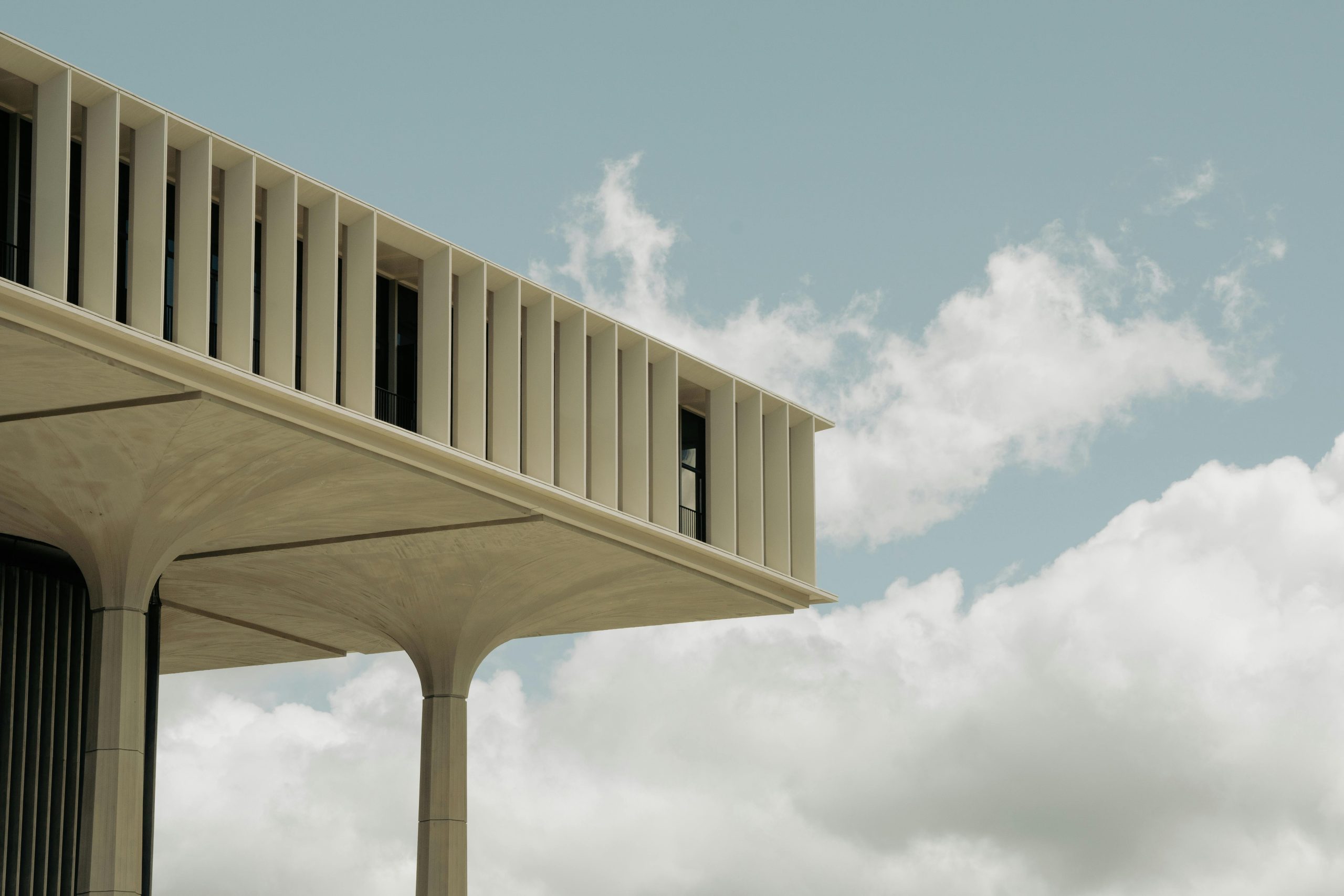Repurposing Empty Malls: Creative Solutions for Unused Spaces
In recent years, we have witnessed a significant shift in consumer behavior, leading to the closure of numerous shopping malls across the country. While e-commerce giants like Amazon have made some attempts to transform these vacant spaces, it’s evident that not every mall can find a new lease on life through retail. So, what do we do with these sprawling, empty structures?
Interestingly, companies like Netflix are already thinking outside the box by exploring ways to repurpose mall spaces into immersive media experiences. This innovative approach highlights the potential for adapting these sites into something far removed from their original purpose.
If you’re considering venturing into the world of business and are eyeing these abandoned shopping hubs, you’re not alone. The most straightforward solution often suggested is the conversion of mall spaces into residential apartments or housing units. However, it’s vital to recognize that such a project involves considerable financial investment and extensive renovation efforts.
So, what are some creative alternatives to simply turning these sites into living spaces? Here are a few engaging ideas:
-
Community Centers: Transforming part of a mall into a community hub can foster connection and collaboration among local residents. These centers can host workshops, classes, and events, serving as a focal point for social engagement.
-
Creative Spaces: With the rise of the gig economy, there is a growing demand for co-working environments. By converting former retail areas into shared offices or artist studios, you can create vibrant spaces where freelancers and creatives can thrive.
-
Educational Facilities: Malls can also serve as excellent venues for educational initiatives. Consider turning vacant spaces into schools, training centers, or tutoring facilities. This would not only utilize the space effectively but also benefit the community.
-
Health and Wellness Venues: There’s a noticeable trend towards prioritizing health and well-being. Empty malls could be transformed into wellness centers or fitness facilities, offering a vast array of services, from gyms to yoga studios and possibly even wellness cafes.
-
Entertainment Venues: Reimagining these spaces as entertainment hubs can breathe new life into them. Think along the lines of indoor amusement parks, virtual reality arcades, or live performance spaces that host concerts and events.
By employing fresh ideas and a bit of creativity, we can provide solutions to the problem of vacant malls. While each approach comes with its own challenges, the possibilities are exciting and could foster stronger communities. What do you think—how should we tackle the future of these empty posts in our urban landscapes? Let’s spark a conversation!










3 Comments
The challenge of repurposing empty malls is a pressing issue that communities face as consumer habits change and online shopping dominates. While creative solutions like Netflix’s media experiences are exciting, there are numerous innovative avenues you can explore if you’re considering starting a business in one of these vacant spaces.
1. Community Centers and Co-Working Spaces
Transforming a mall into a community center or co-working space can cater to the remote working trend. Offering various services, such as shared offices, meeting rooms, and event spaces, can attract freelancers, startups, and even established businesses seeking flexible work environments. Incorporating amenities such as high-speed internet, conference facilities, and a café can enhance the appeal. Creating a vibrant community hub can enrich local culture and foster networking opportunities.
2. Experiential Retail and Pop-Up Shops
Instead of traditional retail, consider a model focused on experiential shopping. This could include pop-up shops that allow small businesses to test their market presence or seasonal vendors to tap into foot traffic. Events like farmer’s markets or craft fairs, brought under one roof, can create a lively atmosphere and draw diverse crowds. This model supports local entrepreneurs while revitalizing the mall experience.
3. Health and Wellness Facilities
Given the heightened focus on health, converting mall spaces into wellness destinations can be a lucrative option. This could include fitness studios, yoga centers, or holistic therapy spaces. Additionally, incorporating medical or wellness services like urgent care clinics, physical therapy, or nutritional counseling could draw consistent traffic. The key is to create a one-stop health experience that encourages community engagement.
4. Arts and Cultural Venues
Consider developing spaces that focus on the arts. Indoor galleries, performance venues, or art studios can foster local talent and invite community participation. Offering workshops, classes, and exhibitions can engage residents in creative pursuits, making it a vibrant hub for culture. Collaborating with local artists or art organizations can further enhance credibility and draw attention.
5. Educational Facilities
With homeschooling and alternative education models on the rise, transforming mall spaces into educational hubs could meet a significant demand. You could establish tutoring centers, arts & crafts schools, or even partnerships with local colleges for satellite campuses. Providing flexible learning environments that cater to both children and adults can create a steady stream of visitors.
6. Sustainable Solutions
Lastly, consider sustainability-focused businesses. Eco-friendly co-ops, recycling centers, or shops that offer sustainable products can attract environmentally conscious consumers. Incorporating green spaces, like indoor gardens or aquaponic systems, can appeal to a demographic increasingly concerned about sustainability.
Practical Steps to Get Started:
In summary, while transforming an empty mall can seem daunting, there are myriad pathways to not only turn these spaces into productive environments but also to enrich local communities. By focusing on innovative uses that cater to current societal needs and preferences, you can potentially create a thriving business that redefines the purpose of these once-bustling retail spaces.
What an insightful discussion on the potential for repurposing empty malls! I particularly resonate with the idea of transforming these spaces into community hubs. Beyond fostering social connection, these centers could play a vital role in addressing local issues such as food insecurity by incorporating farmers’ markets or community gardens within the mall premises.
Moreover, the concept of creative spaces aligns perfectly with the growing trend of remote work and the need for flexible environments. By democratizing access to these resources, we can support not just freelancers but also small businesses that might struggle to afford traditional leases.
On a broader scale, integrating technology into these new ventures could enhance their appeal. Imagine smart community centers that adapt to the needs of the residents through interactive features, or wellness venues that utilize health analytics to personalize services for patrons.
Ultimately, the challenge lies in ensuring that these repurposing projects are accessible and inclusive to all community members. Engaging local stakeholders in the planning process could lead to innovative solutions that truly reflect the needs and desires of the surrounding neighborhoods. I’m excited to see how these discussions evolve and look forward to hearing more ideas!
This article highlights the incredible potential for transforming vacant malls into vibrant, multifunctional spaces that serve diverse community needs. Beyond the ideas presented, I believe integrating sustainability into these projects could amplify their positive impact—think green roofs, solar panels, and eco-friendly interiors to promote environmental consciousness. Additionally, public-private partnerships could significantly reduce redevelopment costs and ensure these spaces meet community priorities. For example, incorporating urban agriculture or community gardens within repurposed malls could foster local food resilience and provide educational opportunities. Ultimately, adaptive reuse of malls offers a unique chance to rethink urban design holistically—creating spaces that are not only economically viable but also socially and environmentally beneficial. Let’s continue exploring innovative approaches to reimagine these structures as catalysts for community development and sustainability.